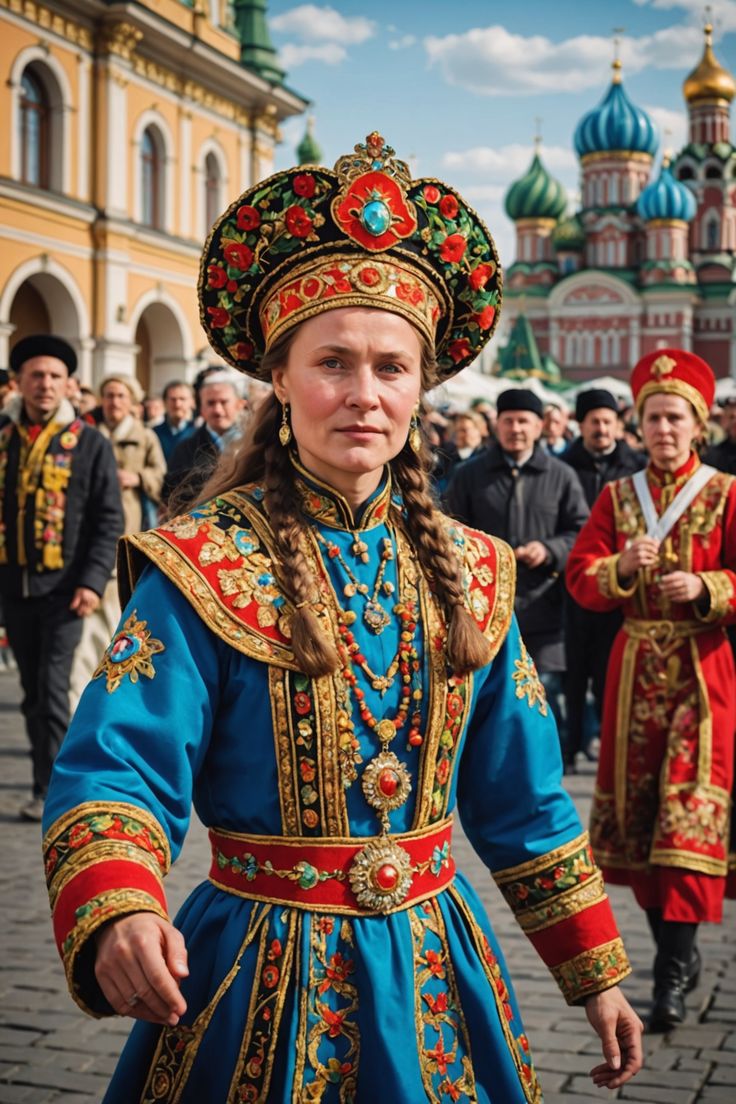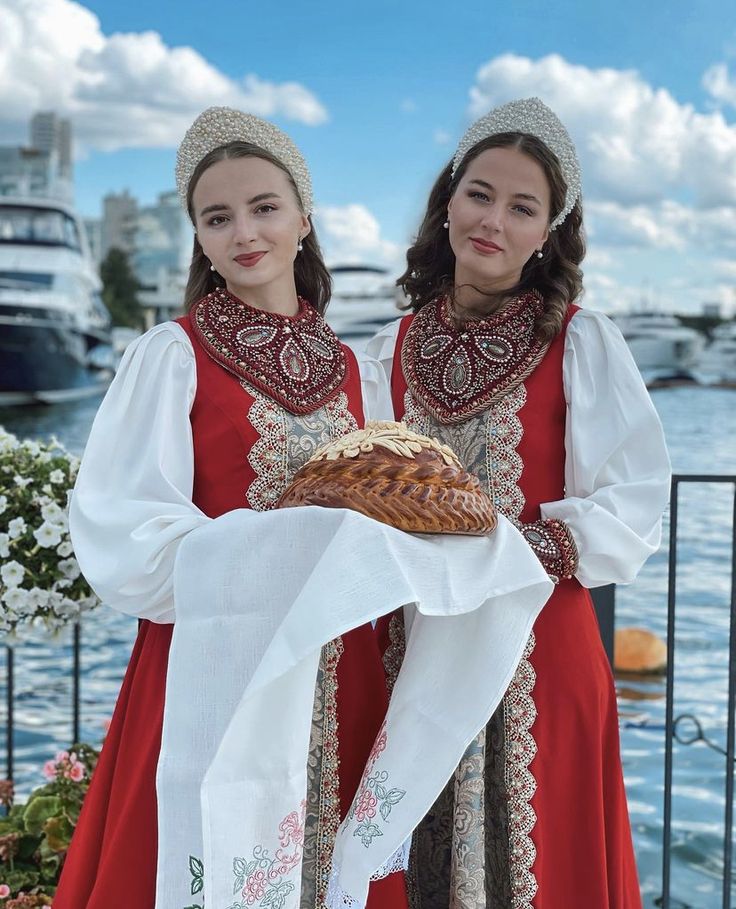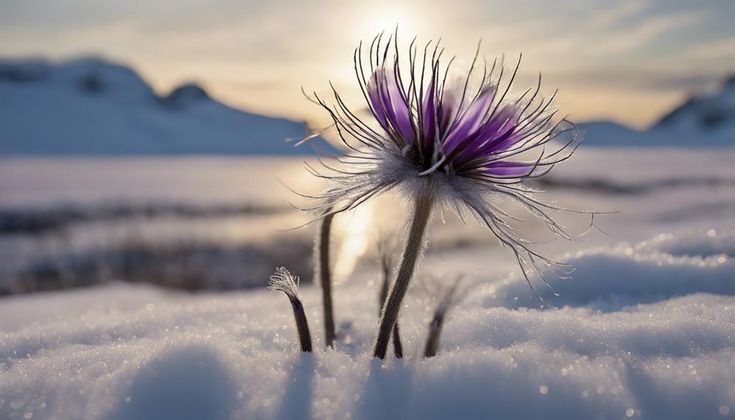
Siberia, a vast region stretching across the northern part of Russia, is known for its stunning natural beauty and rich biodiversity. From dense taiga forests to frigid tundra, Siberia is home to a variety of unique species of flora and fauna. In addition, the culture of the local people who have adapted to the extreme environment also adds to the appeal of this region. This article will explore the uniqueness of Siberia in terms of flora, fauna, and culture.
1. Flora Diversity in Siberia
Tundra Biome
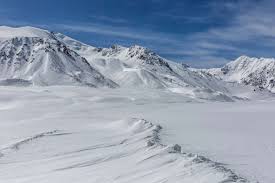
Tundra is a biome that dominates the northern part of Siberia, characterized by very low temperatures and long winters. Vegetation in the tundra consists mainly of mosses, lichens, and some small flowering plants such as saxifraga and bilberry. These plants have the ability to go dormant during the winter and germinate during the summer.
Bioma Taiga

Taiga is a coniferous forest located south of the tundra. Here, trees such as pine, spruce, and juniper thrive. Taiga is the largest biome in the world and is home to many animal species. The existence of this forest is very important for the Siberian ecosystem because it functions as a carbon sink and oxygen provider.
Flora Endemik
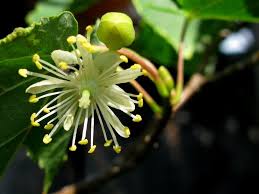
Siberia also has endemic plant species that can only be found in this region. Examples include several types of wild orchids and traditional medicinal plants used by local people for treatment.
2.Diversity of Fauna in Siberia
Mammals
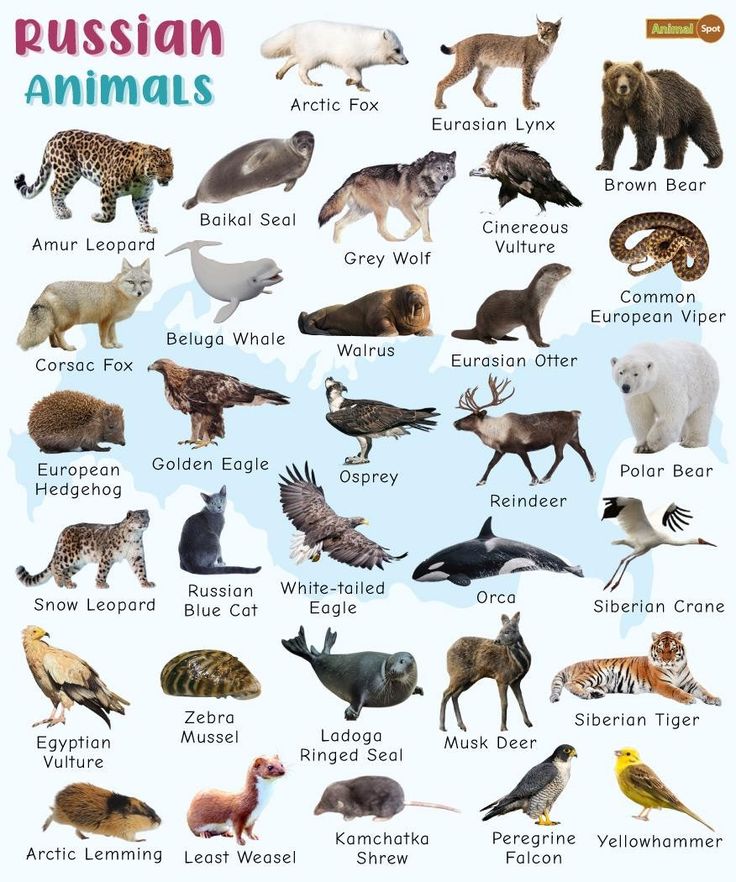
Siberia is home to unique mammals such as polar bears, reindeer, wolves, and wolverines. These animals have adapted to extreme climate conditions and are symbols of Siberian wildlife. Polar bears, for example, have a thick layer of fat to protect themselves from the cold.
Bird
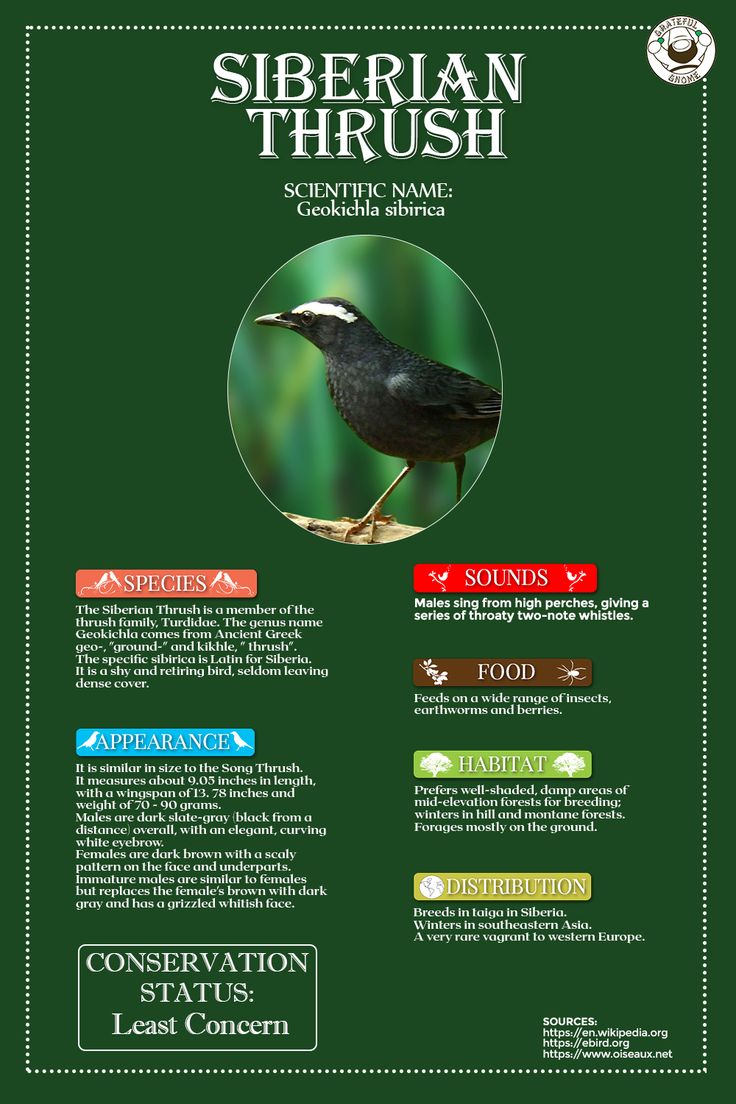
More than 350 species of birds can be found in Siberia, including the rare Siberian crane. These birds play a vital role in the ecosystem as pollinators and insect control.
Fish and Reptiles
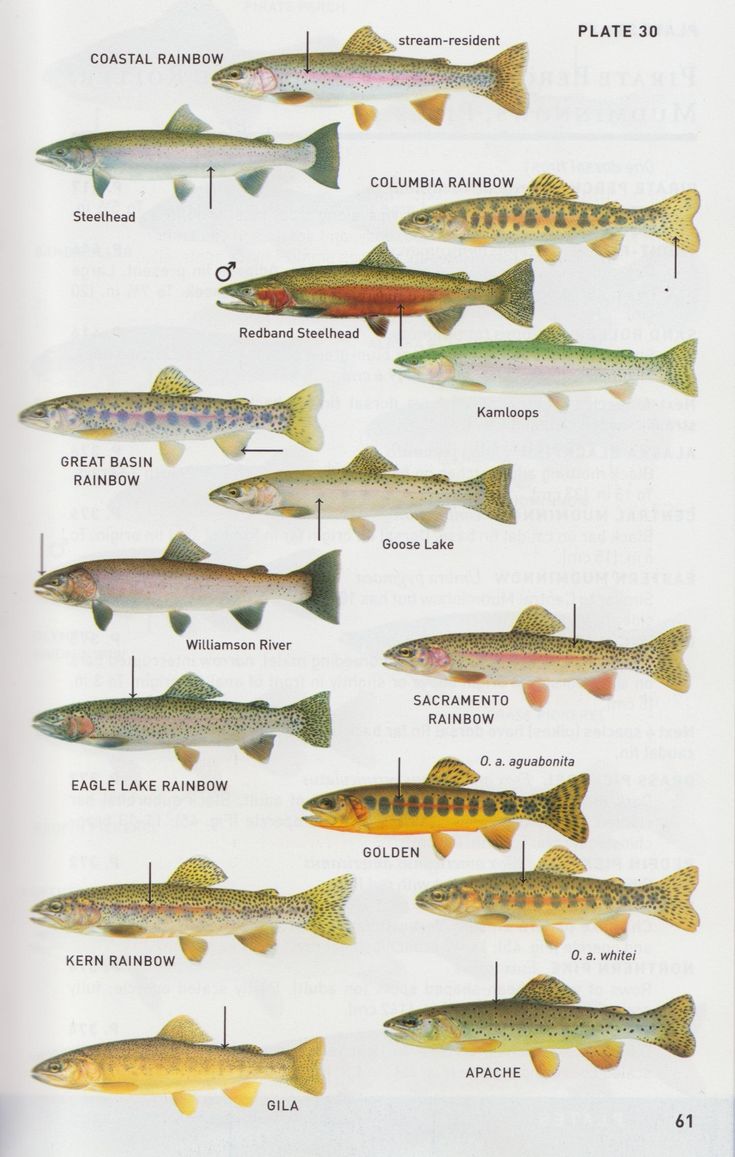
The swampy areas of Siberia are also home to around 30 thousand species of fish. In addition, several types of reptiles such as snakes can also be found in the southern part of Siberia.
3.Local Community Culture
Indigenous Peoples
Indigenous peoples such as the Nenets and Khanty have a nomadic way of life that is closely connected to their natural surroundings. They rely on natural resources for survival, including hunting, gathering, and reindeer herding.
Traditions and Daily Life
The local culture is filled with oral traditions, music, and dance that are passed down from generation to generation. They also have a strong animistic belief in nature spirits.
The Influence of Modernity
With the development of the times, local communities began to be influenced by modernity. Nevertheless, many of them try to maintain their traditions and way of life while adapting to the changing times.
4.Environmental Challenges
Climate Change
Climate change is a major challenge for flora and fauna in Siberia. Rising temperatures are causing permafrost to melt, which could disrupt local ecosystems.
Exploitation of Natural Resources
The exploitation of natural resources such as oil and gas also threatens the survival of local communities and biodiversity in Siberia.
Conclusion
Siberia is a region rich in flora and fauna diversity and unique local cultures. Despite facing various environmental and modern challenges, Siberia’s natural beauty and cultural heritage remain a unique attraction for the world.
FAQ (Frequently Asked Questions)
What types of flora can be found in Siberia?
The flora of Siberia includes birch, pine, aspen trees, and tundra plants such as mosses and saxifrage.
What are the typical animals that live in Siberia?
Typical animals of Siberia include polar bears, reindeer, wolves, wolverines, and various species of birds.
Who are the indigenous peoples living in Siberia?
Indigenous peoples such as the Nenets and Khanty are ethnic groups that live in the Siberian region.
How is climate change affecting Siberia?
Climate change is causing the permafrost to melt, disrupting the ecosystem and the lives of local people.
What are the biggest challenges facing local people in Siberia?
The biggest challenges include the exploitation of natural resources and the impact of climate change on their way of life.
By understanding the unique flora, fauna, and culture of this frozen region, we can better appreciate the natural riches and cultural heritage of the region!Citations:
[1] https://khazanah.republika.co.id/berita/ovnm82313/kekayaan-alam-siberia
[2] https://id.rbth.com/discover_russia/2016/10/13/tujuh-macam-fauna-yang-hanya-ditemui-di-rusia_638327
[3] https://id.rbth.com/discover-russia/84912-20-foto-alam-rusia-wyx
[4] https://id.wikipedia.org/wiki/Siberia
[5] https://www.ruangguru.com/blog/keanekaragaman-hayati-dunia

